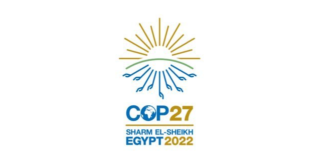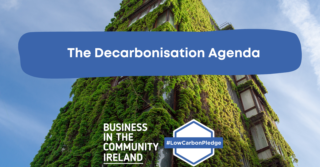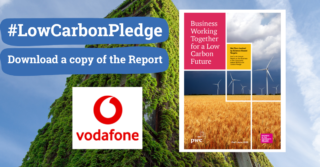Biodiversity: Supporting pollinators at Gas Networks Ireland
With central environmental conferences like #COP26 acknowledging the importance of preserving and protecting nature, biodiversity is getting some central attention in conversations about mitigating the damage of the climate crisis. At BITCI, we have always acknowledged the importance of biodiversity in taking climate action and several of our Low Carbon Pledge signatories have incorporated biodiversity in their operations.
Gas Networks Ireland is one of the signatories who is conscious of its responsibilities to the natural environment, and it is striving to have a positive impact by engaging with staff, landowners, industry partners and communities. They have taken a number of actions to support biodiversity.
Business supporter of the All-Ireland Pollinator Plan
Towards the end of last year, Gas Networks Ireland met with the National Biodiversity Data Centre to discuss the decline of Irish pollinators – a serious problem that requires immediate attention to ensure the sustainability of
our food production, avoid additional economic impact on the agricultural sector and to protect the health of our environment. To date, they have run staff workshops to help improve biodiversity awareness across the company,
and they’re supporting a post-doctoral researcher from Trinity College Dublin. Her project seeks to understand how herbicides and fertilisers affect the health of bees by planting flowers on some of our land and treating each plot with different levels of herbicide and fertiliser to observe plant pollinator interactions, and measure pollen and nectar quality.
Creating habitats at the Gas Networks Ireland installation sites and in pipeline upgrades
Gas Networks Ireland also conducted a pilot Biodiversity Project at the Brownsbarn Above Ground Gas Installation at Citywest in Dublin last year. Following on from the success of that project, they have identified a number of sites where they are rolling out similar biodiversity initiatives. Some of the measures include erecting signage, reducing grass cuttings, installing bird boxes, planting flower bulbs for pollinators amongst other plans. During recent gas upgrades at the River Bride in East Cork, they installed a bank along the river’s edge to support nesting sandmartins. This is essentially a collection of 20 nest boxes for the sandmartin bird, incorporated into the design at both the Bride (south bank) and Blackwater sites.
Taking action at the office
Gas Networks Ireland’s Dublin office in Finglas features a green roof, which helps to provide habitat and food sources for a range of birds, pollinators and other insects. They also plan to carry out site tours of our facilities to
engage staff with the biodiversity on their own doorstep.
Promoting biodiversity across their networks
Gas Networks Ireland’s pipeline network is over 14,000 kilometres long and they work with 7,000 landowners to ensure the safety of the network. Each year Gas Networks Ireland sends a calendar with a different theme to all landowners. For the theme of biodiversity, the calendar highlighted some of the flora and fauna Gas Networks Ireland protects in their daily business.
As part of Biodiversity Week 2018, they ran a biodiversity competition for staff and their children: staff submitted photographs, and their children sent in artwork. They also sponsored a “Butterflies of Ireland” poster in collaboration
with the National Biodiversity Data Centre and the Irish Examiner. The poster was provided to 300 schools in Munster, schools in Dublin and our staff.
Planning for next year
Gas Networks Ireland are collaborating on two biodiversity projects: one with Cork City Council at Shalom Park near our Cork headquarters, and another with South Dublin County Council at Corkagh Park in West Dublin. They are also looking into installing insect hotels at a number of sites with the help of our colleagues.
Want to learn more about Business and Biodiversity?
Read more on business and biodiversity in The Biodiversity Handbook for Business.
Sign up to our newsletter for more sustainability and biodiversity news.
Tags: Biodiversity, gni






